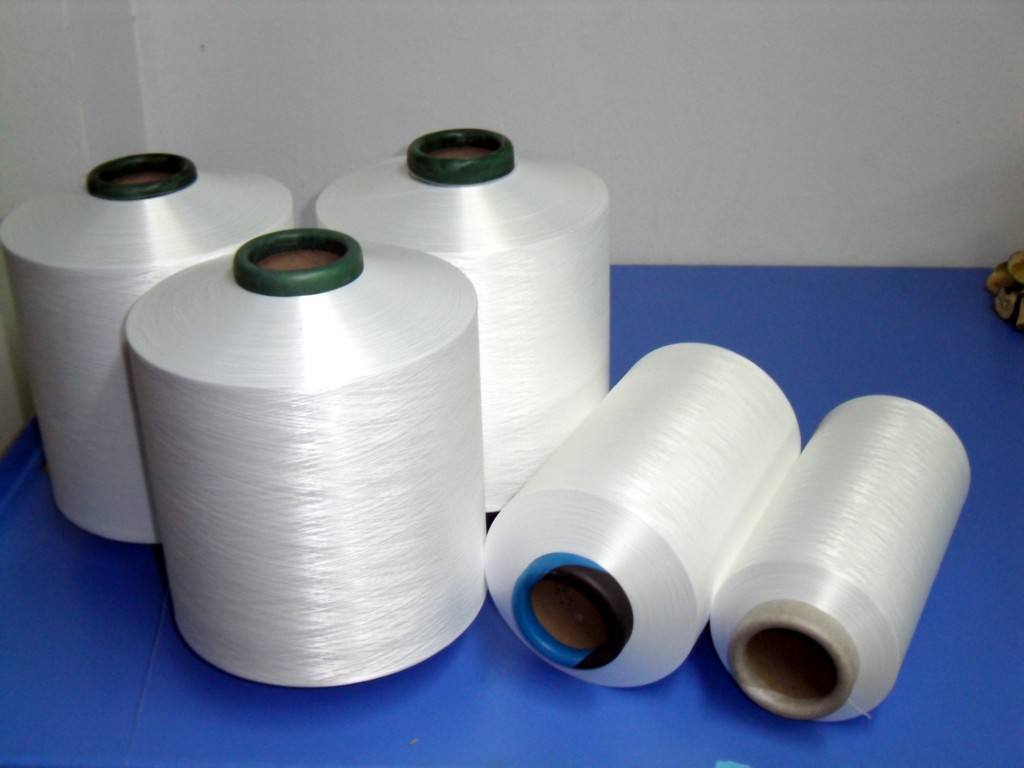What does the fineness of nylon fiber refer to?
We often say how much D is nylon fiber, but D actually indicates the fineness of nylon fiber. The degree of thickness of natural silk or chemical fibers is indicated by the proportion of fibers of a certain length, indicating that the finer the fiber, the smaller the fineness.
Fineness (D) - also known as "denier" or "denier" - refers to the weight in grams of 9000 meters of yarn or fiber at a predetermined moisture regain For example, when a fiber with a length of 9000 meters has a weight of one gram, it is called 1D. For example, when a fiber with a length of 9000 meters has a weight of 70 grams, its fineness is indicated by 70D. It is also a fixed length unit, and when the specific gravity is constant, the larger the gram weight (number), the thicker the yarn or fiber; On the contrary, the smaller the weight (number), the finer the fibers. G represents the weight (in grams), L represents the length (in meters), and the calculation formula for D number is: D=G/L * 9000. The fineness of cotton fiber and glass fiber is indicated by "count"; Artificial silk and synthetic fibers often use "fineness" to indicate [1].

Due to the irregular shape of fiber filaments and yarns, as well as the presence of hairiness (short fibers protruding) on the surface of the yarn, we cannot use diameter to indicate its fineness. Therefore, textile workers use the above indicators to indicate.
Article source: Nylon colored yarn
-
05-27
The reason why fabrics containing spandex are prone to yellowing
Spandex is a commonly used fiber variety in our daily lives, characterized by good elasticity, low fineness, high elastic modulus (cracking elongation can reach 400-800), and low specific gravity. Spa
-
04-24
Colored non dyed nylon with synthetic fiber raw material
The current conventional fiber coloring mostly uses yarn dyeing method, which has long process, high loss, high cost, and the product has color difference and low color wash fastness. Yarn is prone to
-
03-26
What are the characteristics of non dyed spandex?
Non dyed spandex has also been widely used in recent years. Non dyed spandex fiber can be blended with fibers such as nylon, polyester, acrylic, cotton, wool, etc., which can give fabrics excellent el
-
02-24
The influence of yarn structure on fabrics
The basic characteristics of yarn include its appearance and shape, twisting characteristics, fiber transfer and distribution characteristics in the yarn, as well as the surface fuzz and internal loos
